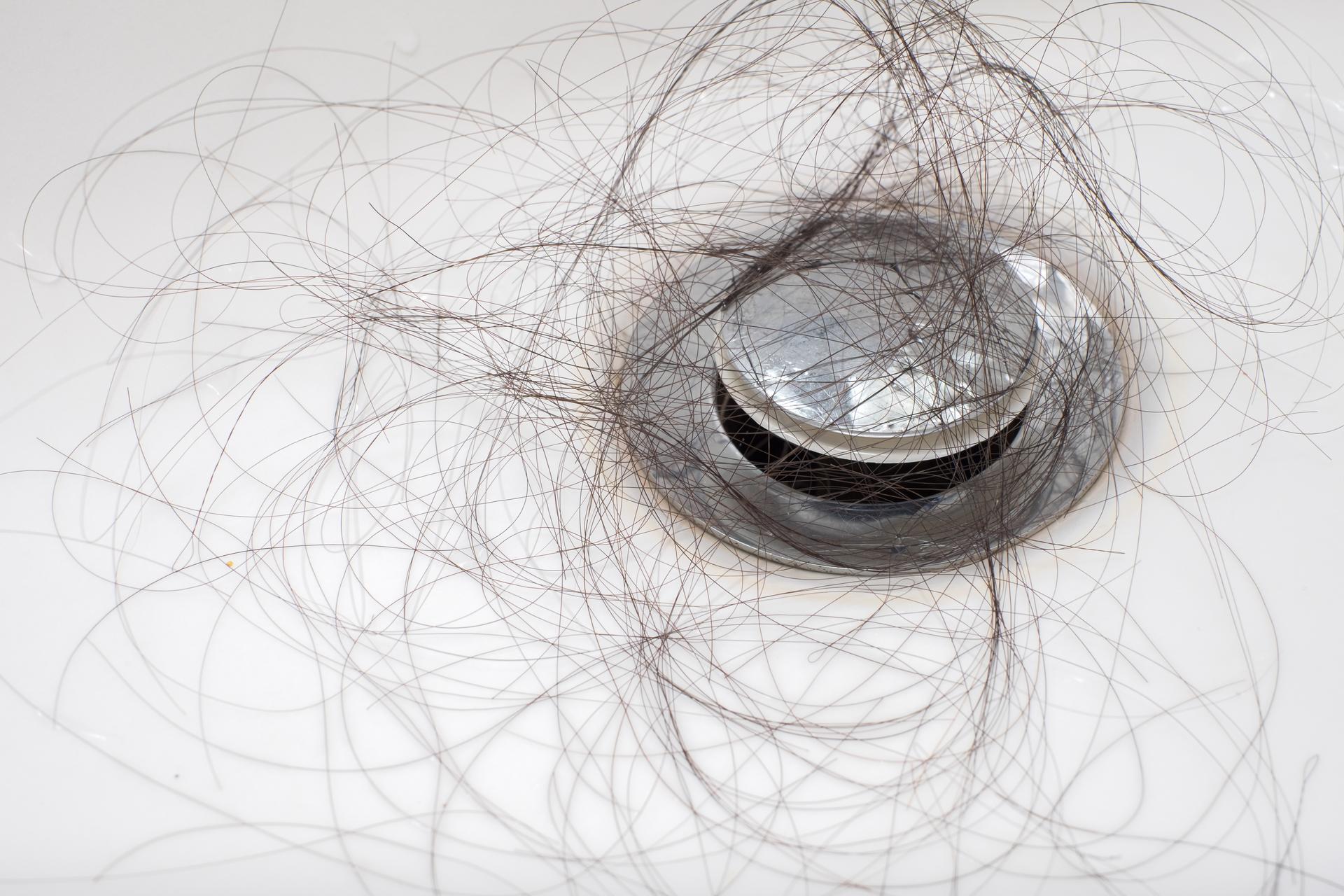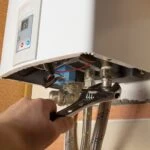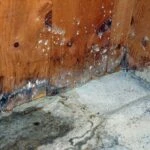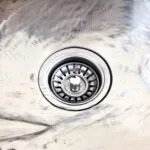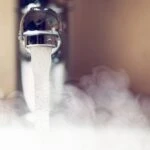A clogged drain is one of those household problems that always seems to strike at the worst possible moment. Whether it’s a shower that won’t drain before work or a kitchen sink that backs up during dinner prep, drain issues can quickly disrupt your daily routine and create unpleasant situations. The good news is that most drain problems are entirely preventable with proper care and regular maintenance. Understanding how to keep your drains flowing freely can save you time, money, and the frustration of dealing with stubborn blockages.
Understanding How Drains Work
Before diving into prevention strategies, it helps to understand the basics of your home’s drainage system. Every drain in your house connects to a complex network of pipes that carry wastewater away from your living spaces. These pipes rely on gravity and proper venting to function correctly. When water flows down a drain, it creates pressure that pushes waste through the system, while vent pipes allow air to enter and prevent vacuum formation.
The problem begins when materials accumulate inside these pipes, gradually narrowing the passage and restricting water flow. What starts as a minor slowdown can eventually become a complete blockage if left unaddressed. Different drains throughout your home face different challenges based on what flows through them, which is why a comprehensive approach to drain maintenance is essential.
Kitchen Drain Maintenance
The Grease Problem
Your kitchen sink handles a tremendous amount of material every day, and grease is its biggest enemy. When hot grease goes down the drain, it might seem harmless at first because it’s in liquid form. However, as it travels through your pipes and cools, it solidifies and begins coating the interior walls. Over time, this greasy buildup catches other debris and creates stubborn clogs that can be extremely difficult to remove.
The solution is remarkably simple: never pour grease down your drain. Instead, let cooking oils and fats cool in a container, then dispose of them in the trash. For pans with residual grease, wipe them out with paper towels before washing. This one habit alone can dramatically extend the life of your kitchen drain and prevent the majority of blockages.
Food Particles and Your Disposal
Even if you have a garbage disposal, not everything belongs down your drain. Disposals are convenient tools, but they have limitations. Fibrous vegetables like celery and asparagus can wrap around the blades, while starchy foods like potato peels can create a paste-like substance that clogs pipes. Coffee grounds, though small, don’t break down in water and instead accumulate in pipes like sand.
Always scrape plates into the trash or compost before rinsing them. Use your disposal for small food particles that inevitably make their way into the sink, but treat it as a safety net rather than a primary disposal method. When you do use it, run cold water before, during, and for several seconds after operation to help flush particles through the system.
Weekly Kitchen Drain Care
Develop a simple weekly routine to keep your kitchen drain fresh and flowing. Pour a kettle of very hot water down the drain to help melt away any minor grease buildup. This simple action takes just seconds but can prevent gradual accumulation. Follow this with a mixture of hot water and dish soap, which helps break down oils and keeps your pipes clean.
For a deeper clean, the classic combination of baking soda and vinegar creates a natural foaming action that can help dislodge minor buildup. Pour baking soda down the drain, follow with vinegar, let it fizz for several minutes, then flush with hot water. While this method won’t clear serious clogs, it’s excellent preventive maintenance.
Bathroom Sink and Tub Drains
Hair: The Primary Culprit
Bathroom drains face a different challenge than kitchen drains, and that challenge is hair. Every time you wash your hair, brush it over the sink, or shave, strands and particles go down the drain. Hair doesn’t break down in water, and it has a tendency to clump together and catch on any rough surface or existing buildup inside pipes. Once a hair clog begins forming, it catches soap residue, creating an increasingly impenetrable mass.
Prevention starts with keeping hair out of drains in the first place. Install drain screens or catchers in all bathroom sinks and tubs. These inexpensive devices sit over or in your drain opening and catch hair before it enters the pipes. While you’ll need to clean them regularly, this is far easier than dealing with a clogged drain. Make it a habit to remove collected hair after every shower and dispose of it in the trash.
Soap Scum and Mineral Deposits
Hair isn’t the only problem in bathroom drains. Traditional bar soaps contain fats that can combine with minerals in hard water to create soap scum. This sticky residue clings to pipe walls and provides a surface for hair and other debris to catch on. Over time, mineral deposits from hard water can also accumulate, gradually narrowing your pipes.
Switching to liquid soaps can help reduce buildup, as they typically contain fewer fats and rinse away more cleanly. Regular flushing with hot water helps prevent accumulation, and occasionally running water as hot as you can get it through your bathroom drains helps dissolve soap residue before it becomes problematic.
Monthly Deep Cleaning
Once a month, give your bathroom drains some extra attention. Remove the drain cover and clean any visible buildup from the opening and the immediately accessible portion of the pipe. A small brush or an old toothbrush works well for this task. Then perform a hot water flush followed by the baking soda and vinegar treatment to help keep the deeper portions of the pipe clear.
If you have pop-up stoppers in your sinks, periodically remove them completely for cleaning. These stoppers accumulate surprising amounts of hair and gunk that can impede drainage and create unpleasant odors. Most can be removed by simply unscrewing them or lifting them out, depending on your specific fixture type.
Shower and Bathtub Considerations
Toilet Maintenance
While technically not a drain in the same sense as sinks and tubs, your toilet connects to the same waste system and deserves attention. The golden rule is simple: only human waste and toilet paper should go down your toilet. Despite what packaging might claim, flushing products labeled as “flushable” often contribute to clogs and sewage system problems.
Items like cotton swabs, dental floss, feminine hygiene products, and paper towels should never be flushed. These materials don’t break down like toilet paper and can create blockages in your pipes or cause problems further down in the sewage system. Keep a small trash can in every bathroom to provide an easy disposal alternative.
Laundry Room Drain Care
Your washing machine drain handles lint, detergent, fabric fibers, and anything left in pockets during laundry. This combination can create unique drainage challenges. Lint especially tends to accumulate in pipes and can combine with soap residue to form stubborn clogs.
Always empty pockets before washing clothes, as small items can work their way into the drainage system. Use appropriate amounts of detergent, as excess suds can leave residue in pipes. High-efficiency washers require specific detergent types and amounts, so follow manufacturer recommendations.
Install a lint trap on your washing machine’s discharge hose if your setup allows it. These devices catch lint before it enters your plumbing system. While they require periodic cleaning, they can significantly reduce the amount of debris entering your pipes. If your washer drains into a utility sink, a screen over that drain provides additional protection.
Floor Drains and Utility Areas
Floor drains in basements, garages, and utility rooms often get overlooked in regular maintenance routines, but they need attention, too. These drains frequently have a trap that holds water to prevent sewer gases from entering your home. If these drains aren’t used regularly, the water in the trap can evaporate, allowing unpleasant odors to seep in.
Pour water down rarely used floor drains periodically to keep the trap filled. This simple maintenance prevents odor problems and ensures the drain will function properly if you need it. Check these drains for visible debris and remove any accumulated dirt, leaves, or other material that might impede water flow.
Understanding What Not to Put Down Drains
Beyond the specific challenges of individual drains, certain substances should never enter your plumbing system regardless of location. Paint, solvents, and other chemicals can damage pipes and contaminate water systems. Medications should be disposed of through proper pharmaceutical take-back programs rather than flushed down drains.
Expandable foods like rice and pasta might seem harmless, but they can continue absorbing water in your pipes and swell, contributing to blockages. Eggshells create granular waste that doesn’t flow easily through pipes. Flour mixed with water creates a paste-like substance that can coat pipe interiors.
Developing awareness of what belongs in drains and what doesn’t is fundamental to prevention. When in doubt, throw it out in the trash rather than risking your plumbing system.
Natural Prevention Methods
Many commercial drain cleaners contain harsh chemicals that can damage pipes and harm the environment. Natural prevention methods are safer and often equally effective for maintaining clear drains. The baking soda and vinegar combination mentioned earlier is one example, but there are others worth incorporating into your routine.
Enzymatic drain cleaners use natural bacteria and enzymes to break down organic matter in pipes. Unlike chemical cleaners that work through corrosive reactions, these biological products digest hair, soap scum, and food particles gradually. Regular use can help prevent buildup without the risks associated with caustic chemicals.
Salt and baking soda mixed together and flushed with hot water create an abrasive action that can help scour pipe interiors. This combination works particularly well for kitchen drains prone to grease accumulation. The mechanical action of the granules, combined with the heat, helps remove sticky residues.
Signs of Developing Problems
Even with diligent prevention, problems can occasionally develop. Recognizing early warning signs allows you to address issues before they become serious. Slow drainage is the most obvious indicator, but pay attention to other signals as well.
Gurgling sounds from drains suggest air is trapped in the pipes, possibly due to partial blockages. Multiple fixtures draining slowly simultaneously might indicate a problem in your main drain line rather than an individual fixture. Persistent unpleasant odors coming from drains suggest organic matter is decaying in your pipes.
Water backing up in unexpected places, such as your shower drain when you run the kitchen sink, indicates a significant blockage that requires immediate attention. Don’t ignore these warning signs and hope they’ll resolve themselves. Early intervention is always easier and less expensive than dealing with a complete blockage or backup.
The Role of Professional Drain Cleaning
While diligent home maintenance forms the foundation of a healthy drainage system, there are times when professional intervention becomes necessary or simply makes good sense. Understanding when and why to call in the experts can help you maintain your plumbing system more effectively and avoid costly emergencies.
When Home Methods Aren’t Enough
Despite your best prevention efforts, some drainage problems exceed what homeowners can reasonably address themselves. Persistent slow drains that don’t respond to natural cleaning methods may indicate deep blockages or issues within your main sewer line. Recurring clogs in the same location suggest an underlying problem that needs professional diagnosis rather than repeated temporary fixes.
If you experience frequent backups, multiple fixtures draining slowly at once, or sewage odors coming from drains, these are clear signals that professional help is needed. These symptoms often indicate problems in your main drain line or sewer connection that require specialized equipment and expertise to resolve properly.
Advanced Tools and Techniques
Professional drain cleaning services utilize equipment that goes far beyond what’s available to homeowners. High-powered hydro-jetting systems use pressurized water streams to thoroughly scour pipe interiors, removing even stubborn buildup that has accumulated over years or decades. This method is highly effective yet safe for most pipe materials when operated by trained professionals.
Motorized drain snakes and augers can navigate through complex pipe systems to break through tough clogs that manual tools can’t reach. These professional-grade machines have the power and length to address blockages deep within your plumbing system, including those in main sewer lines that may be located far from your home.
Video camera inspection technology allows professionals to see exactly what’s happening inside your pipes. This diagnostic capability removes the guesswork from drain problems, revealing the precise location and nature of blockages, pipe damage, root intrusion, or other issues. This visual information helps determine the most effective treatment approach and can identify potential problems before they cause failures.
Preventive Professional Services
Professional drain cleaning isn’t just for emergencies. Many homeowners benefit from scheduling regular professional maintenance as part of their overall home care strategy. Periodic professional cleaning can remove accumulated buildup before it causes problems, extending the life of your plumbing system and preventing inconvenient failures.
For homes with older plumbing systems, properties with large trees near sewer lines, or households that have experienced recurring drain problems, annual or bi-annual professional cleaning provides valuable protection. This proactive approach allows professionals to monitor the condition of your pipes over time and address developing issues before they become serious.
Professional maintenance visits also offer an opportunity for expert assessment of your entire drainage system. Experienced technicians can identify potential trouble spots, provide personalized recommendations for your specific situation, and alert you to issues that might require attention in the future.
Addressing Root Intrusion and Structural Issues
Some drainage problems stem from issues that home methods simply cannot address. Tree roots seeking water can penetrate sewer lines through tiny cracks or joints, gradually expanding and creating major blockages. Professional services can clear these root intrusions and, when necessary, recommend repairs to prevent recurrence.
Aging pipes may develop cracks, misalignments, or collapses that impede drainage. Camera inspections can reveal these structural problems, and professionals can advise on repair or replacement options. Addressing these issues promptly prevents more extensive damage and the possibility of sewage backups into your home.
Emergency Response Capability
When a serious drain problem strikes, having access to professional emergency services provides invaluable peace of mind. Complete blockages that cause sewage backups or multiple fixture failures require immediate attention to prevent water damage and unsanitary conditions. Professional drain cleaning companies typically offer emergency response services to address these urgent situations quickly.
Emergency professionals arrive equipped with the tools and expertise to diagnose and resolve problems efficiently, minimizing disruption to your household. They can also provide temporary solutions if extensive repairs are needed, ensuring your plumbing remains functional while permanent fixes are arranged.
Integrating Professional Services into Your Maintenance Plan
The most effective drainage maintenance strategy combines consistent home care with periodic professional services. Continue your regular prevention habits like using drain screens, avoiding problematic materials, and performing routine cleaning. Supplement these efforts with professional services when needed, whether that’s addressing specific problems or scheduling preventive maintenance.
Think of professional drain cleaning as similar to other home maintenance services you might use regularly. Just as you might hire professionals for HVAC maintenance, gutter cleaning, or pest control, professional drain services provide specialized expertise that complements your own efforts. This integrated approach keeps your entire drainage system functioning optimally with minimal disruption to your life.
The Long-Term Benefits
Investing time in drain maintenance might seem like just another chore, but the benefits extend far beyond avoiding inconvenient clogs. Proper care extends the life of your plumbing system, potentially delaying or eliminating the need for expensive pipe replacements. Clean, free-flowing drains are also more sanitary and less likely to harbor bacteria or create odor problems.
You’ll save money by avoiding emergency plumbing calls and the high cost of clearing serious blockages. The time spent on prevention is minimal compared to the disruption caused by a plumbing emergency. Perhaps most importantly, you’ll have peace of mind knowing your drainage system is functioning properly and won’t fail at an inconvenient moment.
Conclusion
Keeping drains clear throughout your home requires awareness, consistent habits, and occasional deeper maintenance. By understanding what causes clogs in different areas of your home and implementing appropriate prevention strategies, you can keep your drainage system flowing freely for years to come. The key is treating prevention as an ongoing process rather than waiting for problems to develop.
Ready to restore your drains to perfect working order? Contact a member of our team and experience the difference that professional drain cleaning makes.

